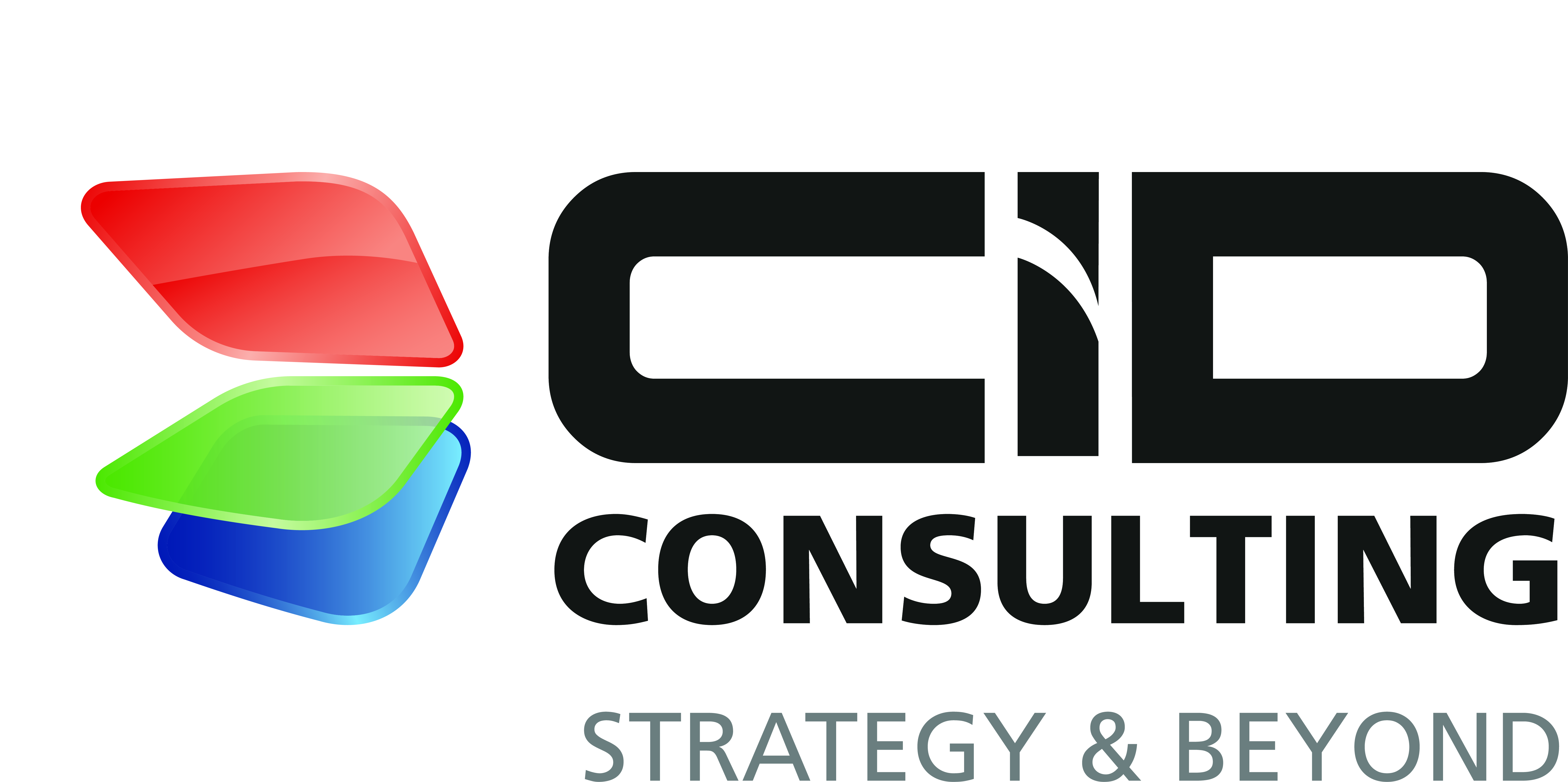Despite environmental, social, and governance (ESG) concerns rising to the forefront of global business trends, they continue to be disconnected from businesses’ core strategies. ESG issues tend to be dealt with in an ad-hoc and reactive manner; launching fragmented initiatives to hike up “green” credentials, comply with environmental regulations, or deal with emergencies.
Such a fragmented approach does not sufficiently tackle contemporary issues, such as growing demand for sustainable products and solutions, constrained resources, tighter regulatory requirements, and a global culture supporting ESG value. On the other hand, the inclusion of sustainability in the core long-term business strategy opens up a new world of opportunities. Researches by Mckinsey and the World Resources Institute estimate that the clean-tech product market will reach $1.6 trillion by 2020. Research also shows that if businesses contribute to raising living standards of people at the bottom of the income pyramid earning less than $3000 a year, they can establish a potential market value of over $5 trillion.
Furthermore, a positive correlation is seen between sustainability and business growth and profitability. Not only will better management of energy resources and overhauling the supply chain reduce a business’s environmental footprint, but it will also reduce its costs through increasing efficiency and reducing wasted, under-used resources. Walmart generated $12 billion in 2013 in global supply chain savings through a packaging scorecard that reduced packaging costs globally by 5%. Other businesses, like energy companies, can also raise their profits further by offering new products matching ESG trends such as smart grids and green solutions. Hence, allow them to expand and tap into new markets.
There are many long-term benefits reaped from sustainable-impact-focused strategies. In 2004, General Electric (GE) beat everyone by placing its bets on climate change. It doubled its research investments and sales in clean technology. Now, GE’s Ecomagination is one of the biggest drivers of value and growth engines. Other companies opened up new markets when they integrated sustainability in their business expansion strategies. GlaxoSmithKline adopted a range of flexible pricing models for patented medicines and vaccines to help fight diseases in less-developed markets as well as acquired significant shares in them as potential new markets.
A sustainability-inclusive business strategy allows firms to also better manage risks such as operational disruptions from climate changes, resources scarcity, and community issues. Since 2009, Nestle have launched a plan promoting the sustainable production of cocoa; building 12 million more efficient plants, teaching local farmers sustainable methods, and working in collaboration with organizations protecting against child labor and poor access to health care and education.
How to Integrate Sustainability Into Your Business Strategy
So how can companies incorporate sustainability into their business models? One of the easiest ways is by incorporating ESG considerations into their investment strategy, which is also known as making a sustainable investment:
1. Linking sustainability to the investment mandate
ESG objectives and making a sustainable impact can be set among the considerations for investment allocation; long-term returns should depend on environmental, social, and governance terms, as well as functional, legitimate, and efficient markets. Companies can also include sustainability risks in their investment risk calculations.
2. Selecting tools for sustainable portfolio construction and management
If the company’s investment strategy is focused on risk-management, they can use negative screening to exclude ventures that would decrease their sustainability portfolio. On the other hand, if the focus of the strategy is on value creation, firms can use positive screening to seek out the assets with outstanding sustainability performance or business-related ESG priorities.
3. Reporting on sustainable investing practices and performance
Transparency in itself is an ESG goal. Companies should publicly and freely disclose their sustainability initiatives including their ESG goals and how they plan on achieving them. Divulging such information not only builds a positive image for the firm as a sustainability leader but it is also proactively engaging as customers can view and follow the companies’ performance. Individuals, including socially and environmentally aware millennials, would also be inclined to support ESG aware companies; hence, the latter can expand to new markets.
Aligning with and responding to the constantly rising trend for sustainability allows companies to both contribute to world development and preserve the environment. This also strengthens businesses by helping them prepare for natural disruptions, increasing profitability, and creating new drivers for growth. Get in touch with our experts and learn how your business can integrate sustainability into their model on: https://cidconsulting.com/contact-us/

.png)